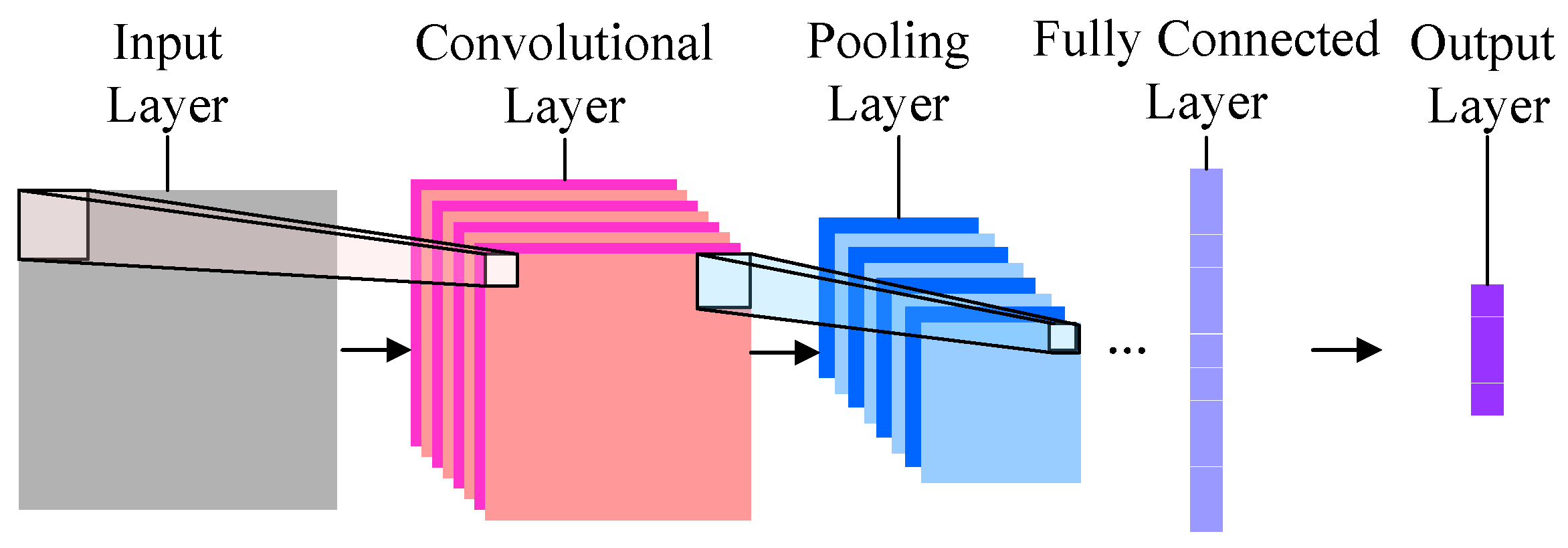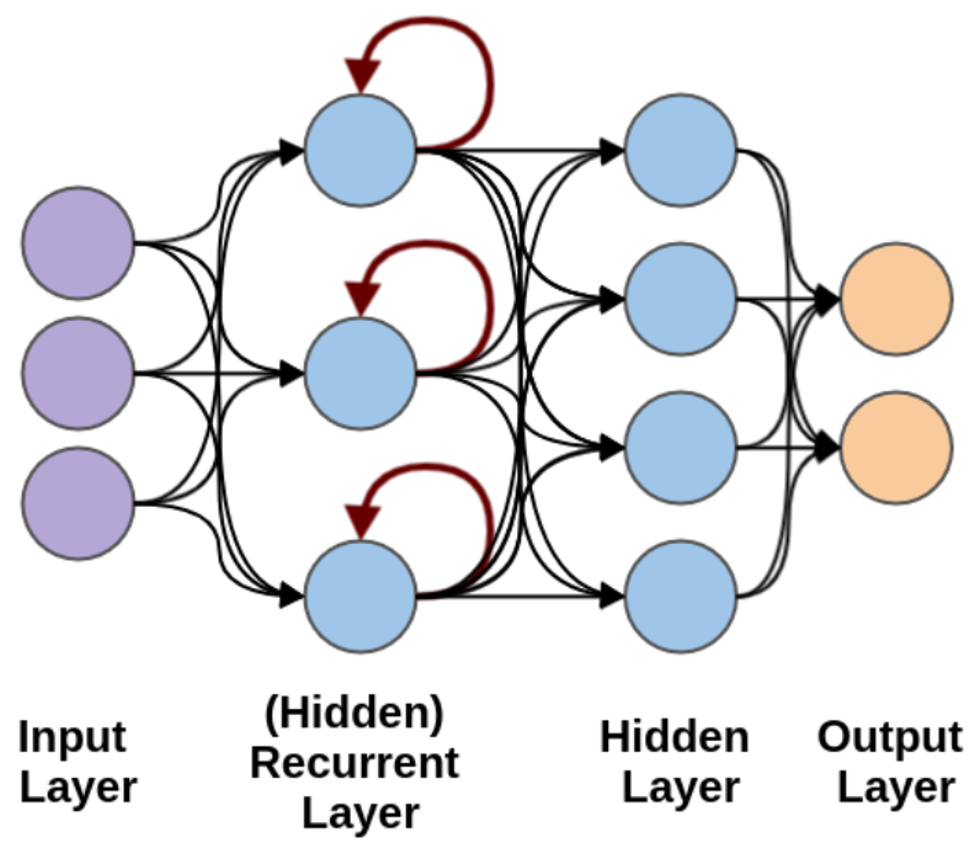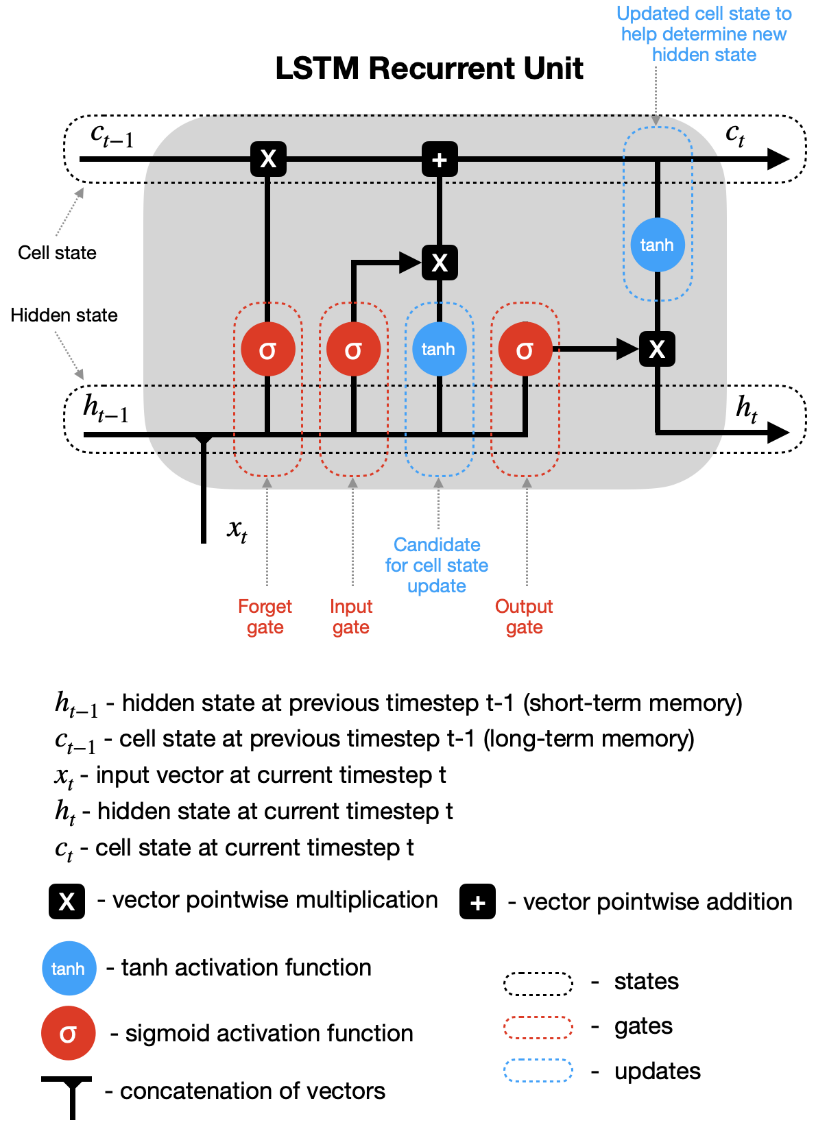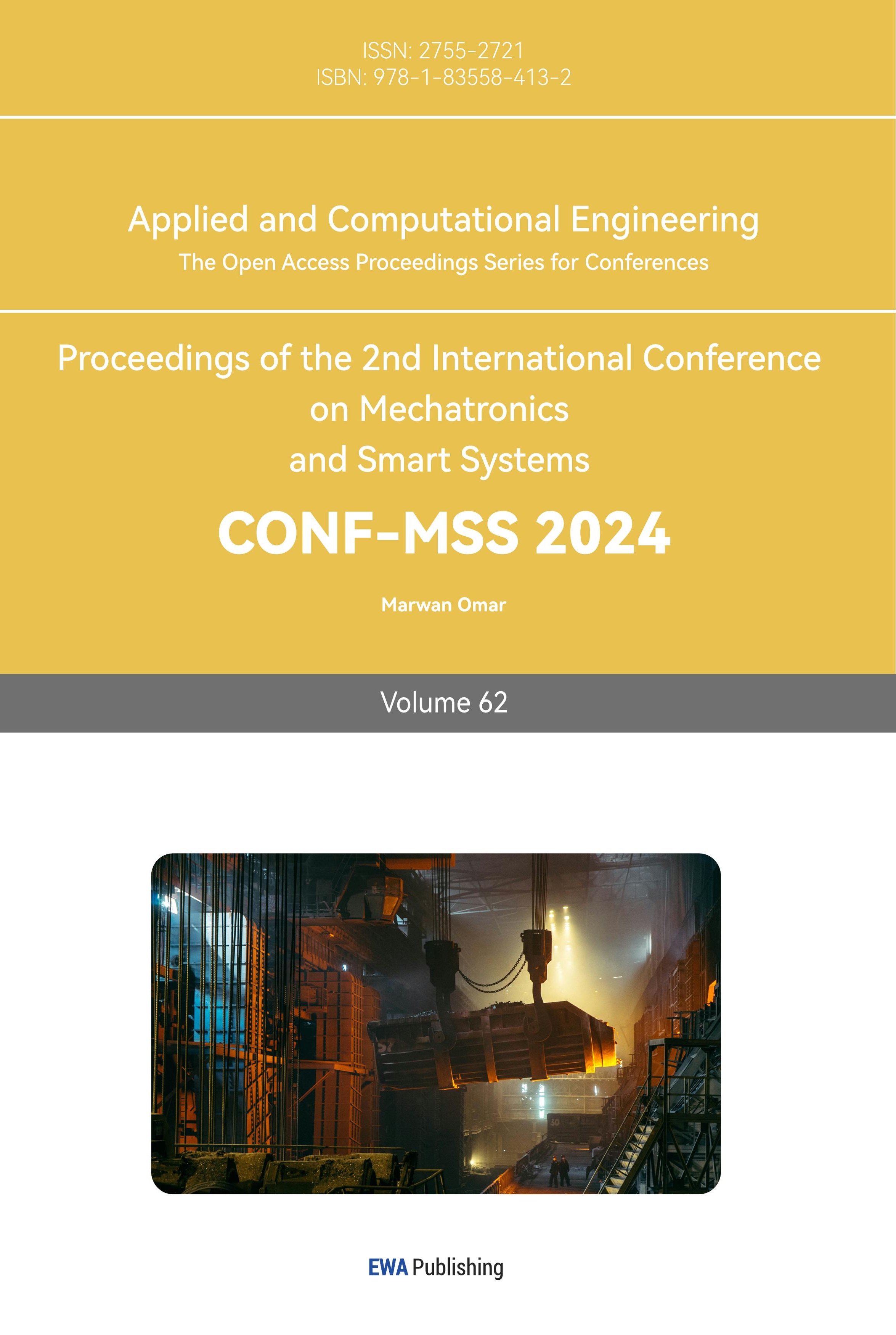1. Introduction
There is no doubt that artificial intelligence has gained immense popularity in urban areas worldwide, owing to its capacity to emulate human cognitive abilities within machines. Its exceptional performance across a range of tasks, encompassing learning, reasoning, problem-solving, perception, natural language comprehension, and even certain forms of creativity, positions it as a pivotal player across various industries. For example, within the autonomous vehicle sector, artificial intelligence finds applications in self-driving cars, trucks, and drones [1]. Furthermore, it plays a significant role in advanced driver-assistance systems, enhancing driving safety [2]. In the pursuit of robust artificial intelligence, beyond an exceptional algorithm, the efficacy of artificial intelligence models, rooted in machine learning and deep learning, relies heavily on access to extensive volumes of training data. The diversity, quality, and precision of this data prove to be of paramount importance to the model's success [3]. To elaborate further, the model itself is intrinsically tied to the training data it receives. Thus, if the input data is skewed, noisy, or incomplete, it is probable that the trained model will operate ineffectively. Consequently, the availability of diverse, substantial, and pertinent data stands as a cornerstone for artificial intelligence enterprises. This paper investigates handwritten number classifier, a branch of artificial intelligence, and its application.
2. Basic concepts
To illustrate the basic concepts, this paper will discuss three widely used neural network algorithms in the area of hand written number classifier, that are the convolutional neural networks, recurrent neural networks, and long short-term memory networks [4-8]. Their definition and architecture will be given and analyzed.
2.1. Convolutional neural network
To start with, the convolutional neural networks is inspired by the cortex of the animals especially by the mammals. It uses a key operation called convolution, which has the mathematical meaning of to combine two functions to generate a third function which represents the shape of how one function has effect on the other. Or in simple words, what people see now is the sum of the past. In convolutional neural network, this concept is used between the input data and a set of learnable filters, it works surprisingly well as the basic for detecting grid-like data such as images [5]. Figure 1 shows a typical layout of the convolutional neural networks.

Figure 1. Typical layout of the convolutional neural networks [5].
2.1.1. Input layer. The input layer is where the model receives its initial data input. The number of neurons in this layer matches the total number of features in the input data. For instance, in the case of handwritten number classifiers, it corresponds to the number of pixels in the input image.
2.1.2. Convolutional layers. And the input data given to the input layer will then be fed to the convolutional layers, which is also the main workplace for the convolutional neural network algorithm. In these layers, multiple filters will be used to slide over the input image, and each of those filters will have the obligation of detecting different features such as edges, textures, and shapes.
2.1.3. Pooling layers. Then the output from these filters and the convolutional layers will be feature maps, of which the spatial dimensions will be reduced while keeping the significant information by the pooling layers using operations like max pooling or average pooling. In most cases, max pooling will be applied and the maximum value within a region will be selected as the representative value for that area [6].
2.1.4. Fully connected layers. Following a series of operations conducted by various convolutional and pooling layers, the fully connected layers step in to process the features extracted by the prior layers.
2.1.5. Output layer. The structure of the output layer may be customized depending on different tasks to produce a proper output of the network. Besides, in order to achieve the non-linearity which is crucial for handling complex patterns in data, activation functions will be used after each convolutional layer.
2.2. Recurrent neural network
Subsequently, an introduction to recurrent neural networks will be given. This class of neural networks accepts data from both current and previous inputs owing to its internal memory. Hence, this algorithm is used to handle tasks which involves sequential data or time-series data such as video streams and audio streams. In these two types of data, they all contains timestamp data to indicate the time when they are generated [7]. Figure 2 illustrates the layout of the recurrent neural networks.

Figure 2. Layout of the recurrent neural networks [7].
2.2.1. Input layer. In the input layer, the input function will take the input at each discrete time step at a time until it finishes all the data point in the time series. For example, if a clip of video is given to the model, the input function will take one frame of the video each time.
2.2.2. Hidden state. The hidden state encompasses recurrent layer and hidden layer. The taken data point from the input layer will be sent to the hidden state, in this state, the output from the last iteration will be passed as the input of the current iteration to fulfil the memory function of the algorithm as this looping mechanism gives the network a sense of context. And this loop may happen as many times as required.
2.2.3. Output layer. The output layer of the network will generate an output basing on the result of the hidden state at every time step of the input and the content of this layer may also vary with the requirement of the task.
2.2.4. Activation functions. Just like convolutional neural networks, this class of neural network also involves activation functions with the hidden state to make sure the algorithm’s non-linearity and capability of handling complex problem.
2.2.5. Flaws by design. This algorithm has some inherent flaws. For example, it has to process the input sequence of data sequentially, which means that this algorithm is lacking parallelism and computationally expensive when dealing with long sequence of data as it has to process all the data points within the time series. Most importantly, the vanishing and exploding gradient issues associated with this algorithm is not resolved [7]. This is due to the fact that once the gradients carrying information used in the network becomes small or large, this slope may propagate each time looping back and decay or grow exponentially through time.
2.3. Long short term memory
Eventually, long short term memory neural networks will be introduced. This is a special kind of recurrent neural networks aiming to resolve the limited capabilities of handling long sequences and the exploding and vanishing gradient issue [8]. Figure 3 displays the layout of the Long short-term memory.

Figure 3. layout of the Long short-term memory [8].
2.3.1. The gating mechanism. This solution is carried out by adding the gating mechanism which enables the algorithm to retain or discard information intentionally from the previous time steps to the algorithm. Long short-term memory neural networks have three different types of gates.
2.3.2. The gates. In a nutshell, think of the input gate as the "decider" that helps figure out if it's a good idea to add some new information to memory. On the other hand, the forget gate acts like a virtual "cleaner," helping determine if it's time to clear out any outdated or unnecessary information from the memory bank. When it's time to make a decision, the output gate steps in as a trusty guide, pointing out which pieces of information from the memory are the most helpful in the moment [8]. Thus, in a way, these gates work together like a team, making sure the memory is sharp and ready to assist in making smart decisions.
3. Application
Furthermore, the application of handwritten number classifier will be illustrated. In the referenced paper, it gives examples of the applications of handwritten number classification in different fields.
3.1. Large-scale data statistics or survey
It can be used in large-scale data statistics or survey. To be more specific, in this kind of statistics, a large amount of effort will be required if all the data are documented by manpower. However, with the help of handwritten number classifier, the neural network can be used to do the digitalization and preprocessing of the data so that the manpower can all be saved. For example, if the related data to population census is converted by the classifier into a digital form, all the later computations for those digitalized data will be easier since now people can use programming language which is capable of handling a large amount of data like R as an aid. While if the digitalization of information does not take place, manpower computations might be needed.
3.2. Finance and taxation
The handwritten number classifier can be used in the field of finance and taxation [9]. To clarify, with the economic recovery after the COVID-19 pandemic, more and more financial and tax statements, checks, and invoices are waiting to be processed every day. In this case, handwritten number classifier can be applied to extract and interpret the numerical information from these financial bills, and put them into a digital form which is beneficial to later large-scale data analysis and computation.
3.3. Mail sorting
The handwritten number classifier can be used in mail sorting [10]. In this case, the classifier can be applied to recognize postal codes and addresses. Then, the mails can be sorted depending on their destination to ensure they go to the correct location. Simultaneously, the human error that happens during the manual mail sorting can be reduced. Besides, the mailing companies will now have a better cost efficiency with the help of the classifiers as they will now only pay for the maintenance fee for the classifier, rather than the labour costs which can be high especially for companies with high mail volumes.
4. Conclusion
In summary, the emergence of artificial intelligence marks a significant milestone in human history. Its integration into our daily lives has ushered in profound transformations and opened up boundless potential for an AI-driven future.
However, while the handwritten number classifier proves to be a potent tool, it comes with its own set of challenges. Firstly, there exists a wide variability in handwriting styles. Individuals from different regions, countries, and cultures may exhibit vastly different approaches to writing. This includes cases of writing deformation and cursive script, making it difficult for the classifier to accurately delineate the boundaries of numbers. This poses a considerable challenge for engineers tasked with designing a classifier suitable for all writing styles. Secondly, numeric characters lack contextual information, leading to potential ambiguities and difficulties in distinguishing individual characters during the recognition process, especially for poorly written ones. For example, a poorly written "1" may bear a resemblance to a "7." Thirdly, handwritten digit recognition is predominantly utilized in fields such as finance, where stringent accuracy standards are upheld, with no room for errors. Moreover, in large-scale digit processing, the speed of recognition becomes a crucial requirement. Striking the right balance between accuracy and efficiency in handwritten number classification stands as the primary research hurdle.
Looking ahead, in a future characterized by the harmonious coexistence of artificial intelligence and humanity, we are presented with unparalleled opportunities to forge new frontiers and cultivate a brighter world.
References
[1]. Abduljabbar R, Dia H, Liyanage S, et al. Applications of artificial intelligence in transport: An overview. Sustainability, 2019, 11(1): 189.
[2]. Rawlley O, Gupta S. Artificial intelligence‐empowered vision‐based self driver assistance system for internet of autonomous vehicles. Transactions on Emerging Telecommunications Technologies, 2023, 34(2): e4683.
[3]. Jain A, Patel H, Nagalapatti L, et al. Overview and importance of data quality for machine learning tasks. Proceedings of the 26th ACM SIGKDD international conference on knowledge discovery & data mining. 2020: 3561-3562.
[4]. Islam K T, Mujtaba G, Raj R G, et al. Handwritten digits recognition with artificial neural network. 2017 International Conference on Engineering Technology and Technopreneurship (ICE2T). IEEE, 2017: 1-4.
[5]. He K. Handwritten digit recognition based on convolutional neural network. 2023 IEEE 3rd International Conference on Electronic Technology, Communication and Information (ICETCI). IEEE, 2023: 16-19.
[6]. Chen L, Wang S, Fan W, et al. Beyond human recognition: A CNN-based framework for handwritten character recognition. 2015 3rd IAPR Asian Conference on Pattern Recognition (ACPR). IEEE, 2015: 695-699.
[7]. Lee S W, Kim Y J. A new type of recurrent neural network for handwritten character recognition. Proceedings of 3rd International Conference on Document Analysis and Recognition. IEEE, 1995, 1: 38-41.
[8]. Guptha N S, Balamurugan V, Megharaj G, et al. Cross lingual handwritten character recognition using long short term memory network with aid of elephant herding optimization algorithm. Pattern Recognition Letters, 2022, 159: 16-22.
[9]. Wang S, Yuan B, Wu D. A Hybrid Classifier for Handwriting Recognition on Multi-domain Financial Bills Based on DCNN and SVM. Traitement du Signal, 2020, 37(6).
[10]. Genchi H, Mori K, Watanabe S, et al. Recognition of handwritten numerical characters for automatic letter sorting. Proceedings of the IEEE, 1968, 56(8): 1292-1301.
Cite this article
Wang,D. (2024). Typical artificial intelligence algorithms and real-world applications related to handwritten number classifier. Applied and Computational Engineering,62,119-124.
Data availability
The datasets used and/or analyzed during the current study will be available from the authors upon reasonable request.
Disclaimer/Publisher's Note
The statements, opinions and data contained in all publications are solely those of the individual author(s) and contributor(s) and not of EWA Publishing and/or the editor(s). EWA Publishing and/or the editor(s) disclaim responsibility for any injury to people or property resulting from any ideas, methods, instructions or products referred to in the content.
About volume
Volume title: Proceedings of the 2nd International Conference on Mechatronics and Smart Systems
© 2024 by the author(s). Licensee EWA Publishing, Oxford, UK. This article is an open access article distributed under the terms and
conditions of the Creative Commons Attribution (CC BY) license. Authors who
publish this series agree to the following terms:
1. Authors retain copyright and grant the series right of first publication with the work simultaneously licensed under a Creative Commons
Attribution License that allows others to share the work with an acknowledgment of the work's authorship and initial publication in this
series.
2. Authors are able to enter into separate, additional contractual arrangements for the non-exclusive distribution of the series's published
version of the work (e.g., post it to an institutional repository or publish it in a book), with an acknowledgment of its initial
publication in this series.
3. Authors are permitted and encouraged to post their work online (e.g., in institutional repositories or on their website) prior to and
during the submission process, as it can lead to productive exchanges, as well as earlier and greater citation of published work (See
Open access policy for details).
References
[1]. Abduljabbar R, Dia H, Liyanage S, et al. Applications of artificial intelligence in transport: An overview. Sustainability, 2019, 11(1): 189.
[2]. Rawlley O, Gupta S. Artificial intelligence‐empowered vision‐based self driver assistance system for internet of autonomous vehicles. Transactions on Emerging Telecommunications Technologies, 2023, 34(2): e4683.
[3]. Jain A, Patel H, Nagalapatti L, et al. Overview and importance of data quality for machine learning tasks. Proceedings of the 26th ACM SIGKDD international conference on knowledge discovery & data mining. 2020: 3561-3562.
[4]. Islam K T, Mujtaba G, Raj R G, et al. Handwritten digits recognition with artificial neural network. 2017 International Conference on Engineering Technology and Technopreneurship (ICE2T). IEEE, 2017: 1-4.
[5]. He K. Handwritten digit recognition based on convolutional neural network. 2023 IEEE 3rd International Conference on Electronic Technology, Communication and Information (ICETCI). IEEE, 2023: 16-19.
[6]. Chen L, Wang S, Fan W, et al. Beyond human recognition: A CNN-based framework for handwritten character recognition. 2015 3rd IAPR Asian Conference on Pattern Recognition (ACPR). IEEE, 2015: 695-699.
[7]. Lee S W, Kim Y J. A new type of recurrent neural network for handwritten character recognition. Proceedings of 3rd International Conference on Document Analysis and Recognition. IEEE, 1995, 1: 38-41.
[8]. Guptha N S, Balamurugan V, Megharaj G, et al. Cross lingual handwritten character recognition using long short term memory network with aid of elephant herding optimization algorithm. Pattern Recognition Letters, 2022, 159: 16-22.
[9]. Wang S, Yuan B, Wu D. A Hybrid Classifier for Handwriting Recognition on Multi-domain Financial Bills Based on DCNN and SVM. Traitement du Signal, 2020, 37(6).
[10]. Genchi H, Mori K, Watanabe S, et al. Recognition of handwritten numerical characters for automatic letter sorting. Proceedings of the IEEE, 1968, 56(8): 1292-1301.









